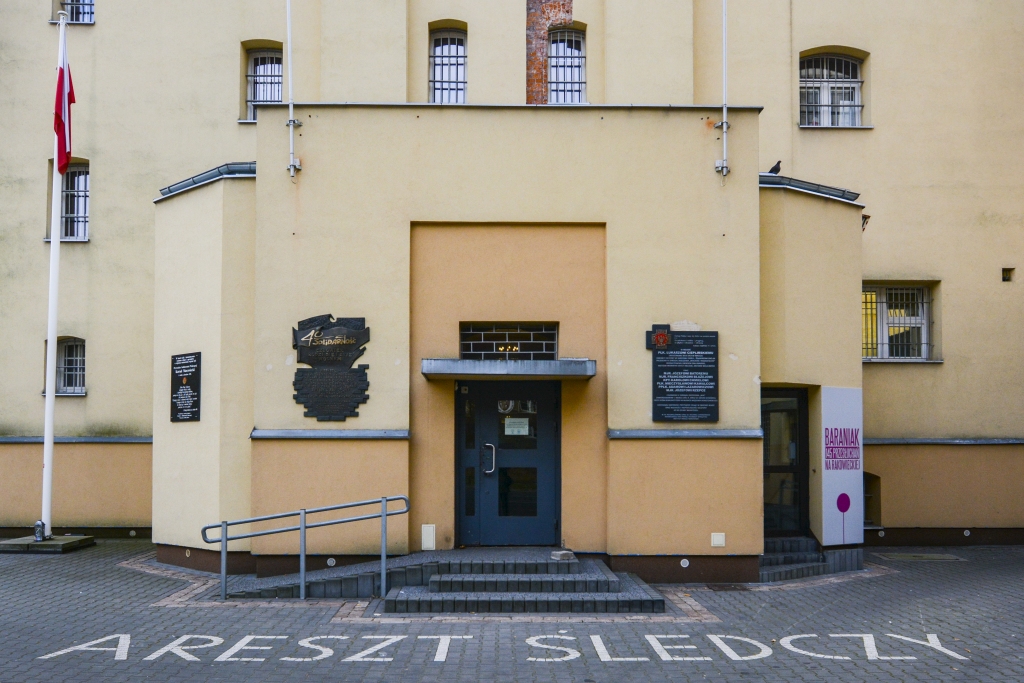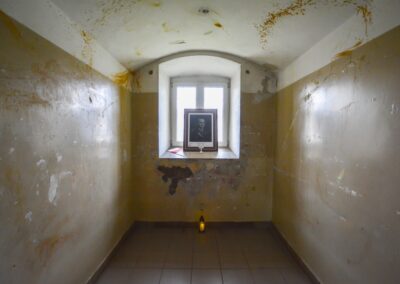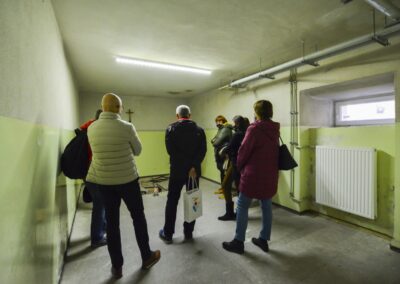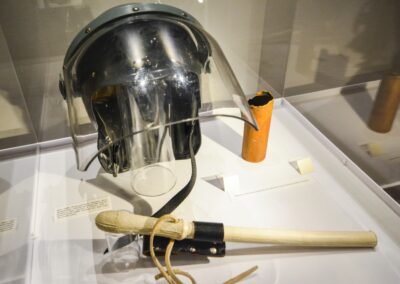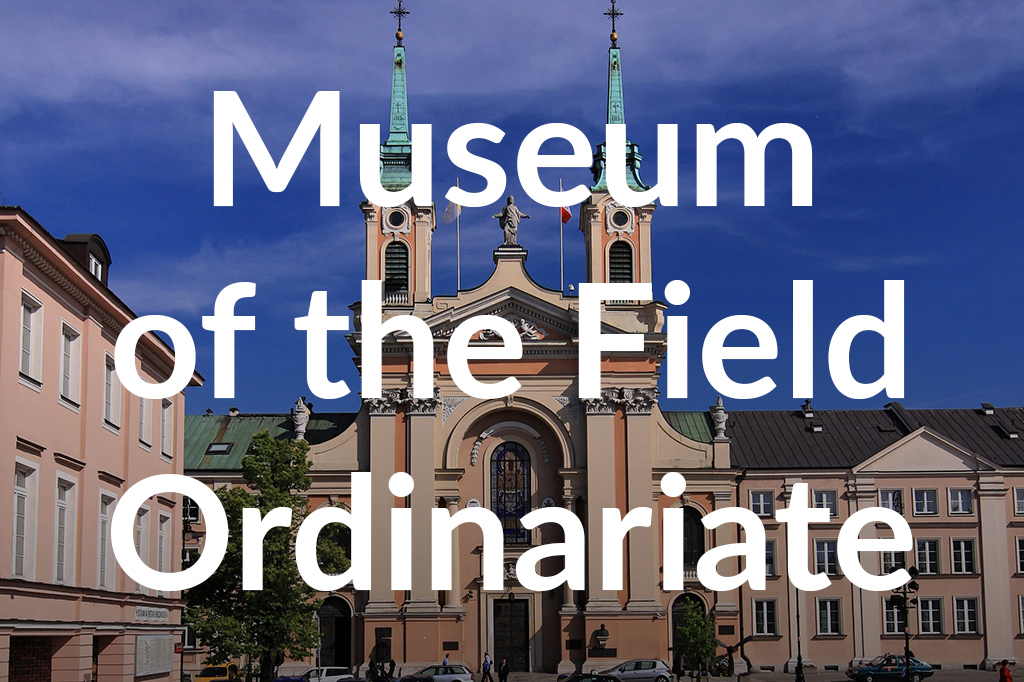Museum of Cursed Soldiers and Political Prisoners of the Polish People’s Republic
It is located in the buildings of the Mokotów prison, built at the beginning of the 20th century, at that time one of the heaviest prisons in the entire Russian partition. During the Stalinist dictatorship in Poland, it served as the main political penitentiary, becoming the place of execution of the most important members of the independence underground. It was here that General August Fieldorf “Nil”, the Deputy Commander of the Home Army, was imprisoned, interrogated and finally murdered in the most inhuman conditions. The same fate befell the legendary Cavalry Captain Witold Pilecki – a voluntary prisoner and organiser of the resistance movement in Auschwitz, and author of the so-called Pilecki Reports – the first known reports on the Holocaust in the world. The bodies of the 350 prisoners killed here, in the majesty of Communist law, were thrown into death pits at night, in places never revealed by the Communist authorities. During the following years of the communist system, thousands of people detained for political reasons ended up in the cells at Rakowiecka Street, including participants of the student strikes of 1968 and democratic opposition activists such as Jacek Kuroń, Adam Michnik, Aleksander Małachowski, Bronisław Geremek and Kornel Morawiecki.
Walking through the corridors of the Investigation Ward, you will look into the single-person cells, where six to eight people were kept during the Stalinist period. Along the way you will see lockets, crosses recovered years later from their graves, and fragments of letters from families asking for pardon. You will learn where the so-called “Palace of Miracles” was located – a building where, under torture, innocent people “miraculously” confessed to their crimes. To learn about the struggle for freedom against the communist regime up until the 1980s, visit the exhibition in the Main Pavilion. Among the many exhibits, you will see rosaries made of bread, the remains of the shoes of a teenage nurse of the 5th Wileńska Brigade of the Home Army – Danuta Siedzikówna “Inka”, which she was wearing at the time of her execution, but also batons made from bundles of cable, used for beating demonstrating students. A visit to a place with such a history will probably inspire you to reflect on the dignity of people who could not count on being judged fairly even after their death and will remain in your memory for a long time.
ul. Rakowiecka 37
www.muzeumrakowiecka37.pl

